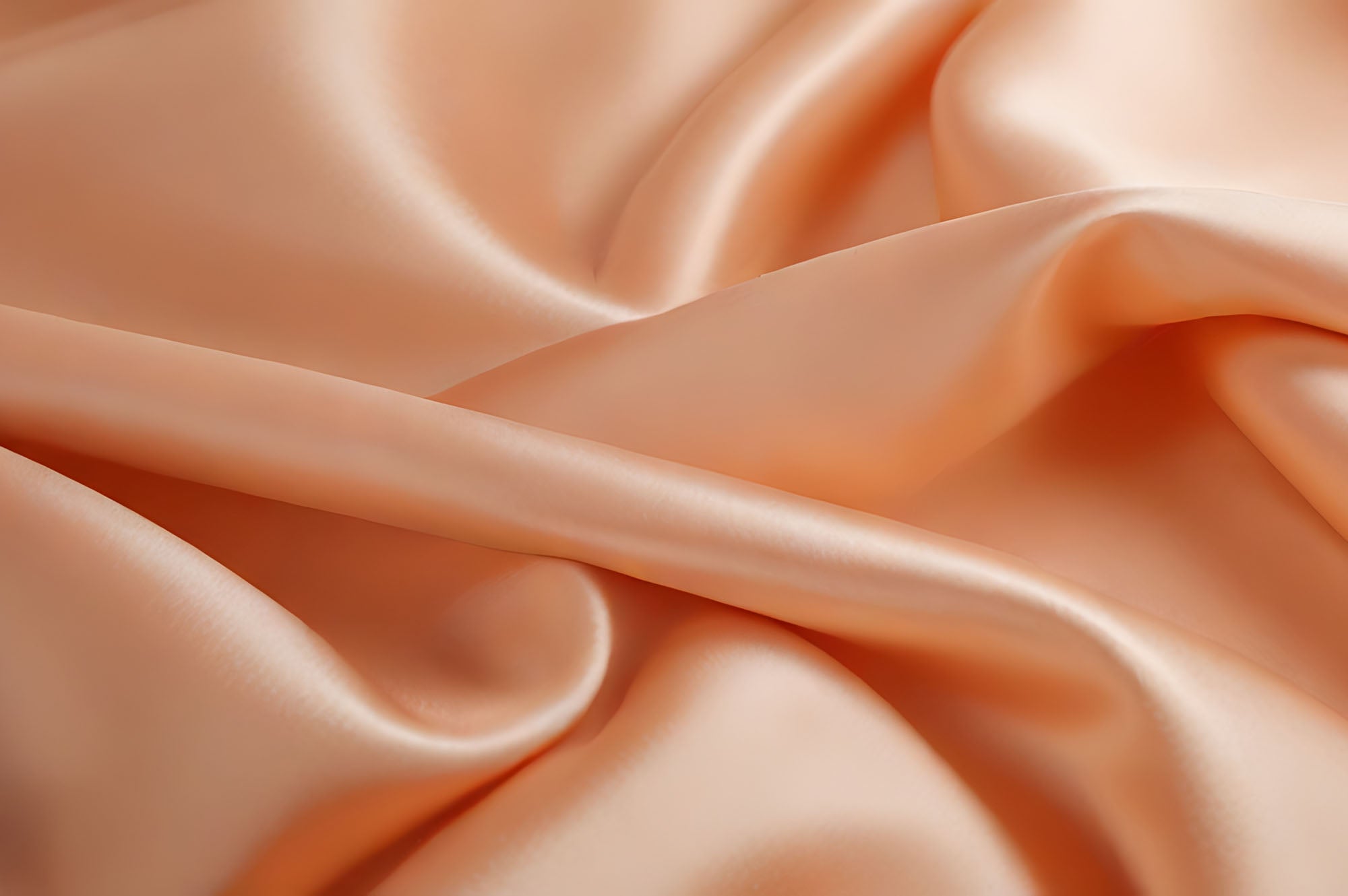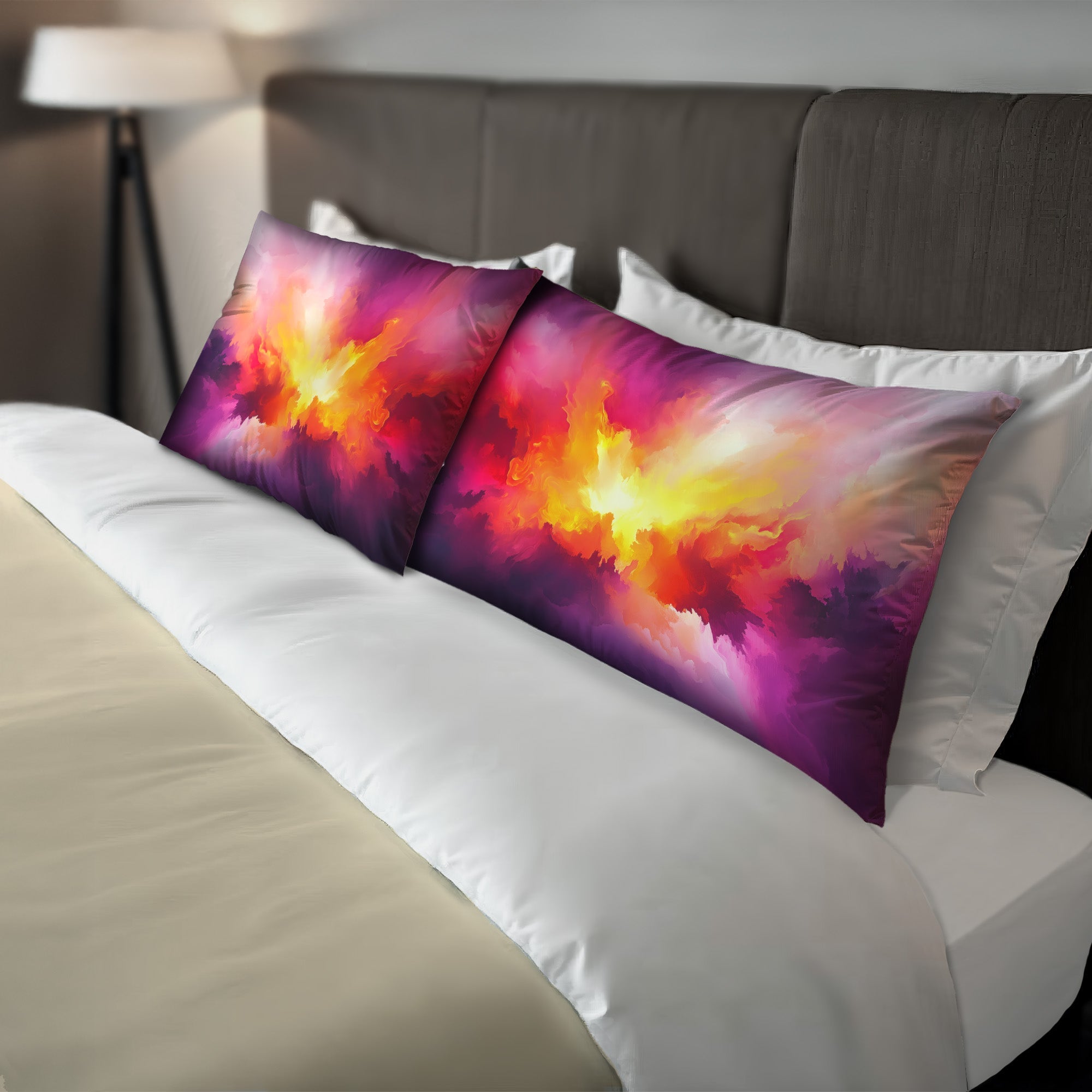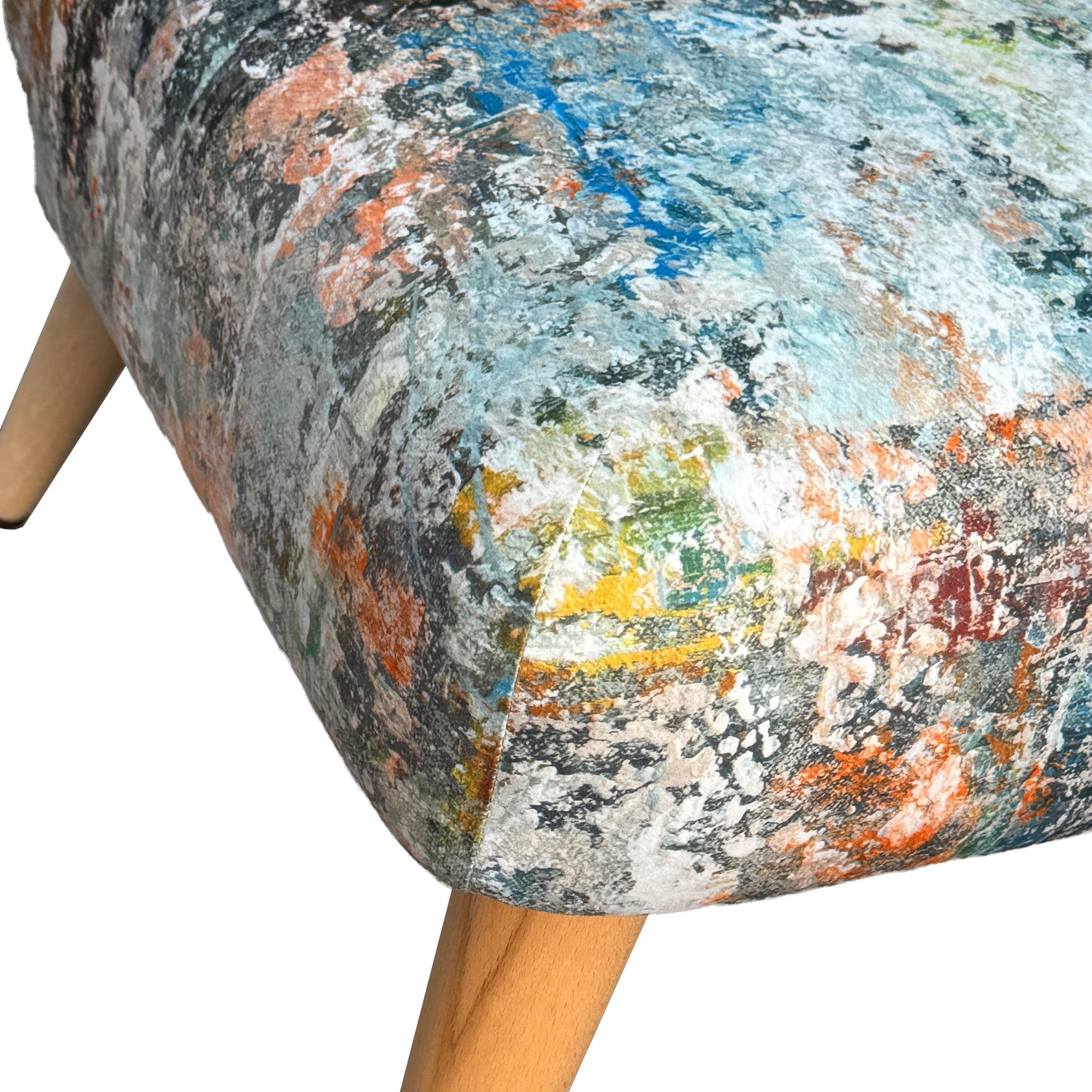Why Silk Deserves a Second Look
Silk has always carried a certain mystique. It’s ancient, beautiful, and endlessly copied - yet somehow misunderstood. Over the years it’s been called delicate, impractical, and even old-fashioned. None of which is true.
In reality, silk is one of the strongest natural fibres ever discovered. It’s breathable, renewable, and feels extraordinary against the skin. The problem isn’t silk itself — it’s the myths that have built up around it.
What Makes Silk Different
Silk begins with nature. Each strand is a continuous filament spun by the silkworm as it forms its cocoon. When unwound, those filaments create a fine, smooth thread that can be woven or printed into fabric.
Its unique structure is what gives it both strength and softness. The fibre’s shape reflects light in different directions, creating that unmistakable natural sheen. And because it’s a protein - much like human hair - it’s breathable, temperature-regulating, and comfortable year-round.
Fact vs Fiction
Let’s separate the science from the storytelling.
“Silk is delicate.” — False.
Silk is incredibly strong for its weight. Yes, treat it with care, but it’s far from fragile. Its only real enemies are rough handling when wet and too much sunlight.
“It’s difficult to wash.” — Partly true.
Most modern silks can be gently hand-washed or even machine-washed on a cool delicate cycle. Just use a neutral detergent and skip the tumble dryer.
Silk is bad for the environment.” — False.
Silk is a natural fibre produced from renewable sources, and when manufactured responsibly it has a remarkably low environmental impact. It’s long-lasting, biodegradable, and requires far less energy and water to produce than many modern alternatives. Like any natural material, quality and sustainability depend on good practice — and when that’s in place, silk remains one of the most environmentally considerate fabrics available.
“It keeps you cool in summer and warm in winter.” — True.
Silk’s natural structure allows air to circulate while holding just enough warmth. It adjusts to your body, which is why it always feels ‘right’.
“It prevents wrinkles and acne.” — Mostly false.
There’s no solid evidence for that. What’s true is that silk is smooth and non-absorbent, so it doesn’t pull moisture or skincare products from your skin — which can reduce irritation.
Why Pure Silk Still Matters
Pure silk feels different because it is different. It drapes naturally, breathes beautifully, and lasts for years when properly cared for. Synthetic imitations can mimic the shine, but not the character — they lack that subtle sense of movement, the way real silk catches light and seems to change with it.
Now that we’re all trying to buy less and choose better, silk makes sense again. It’s natural, renewable, and quietly luxurious without shouting for attention.
How to Care for Silk (Simply)
- Hand-wash or use a delicate machine cycle in cool water.
- Use a mild, pH-neutral detergent (or baby shampoo).
- Avoid bleach, fabric softeners, and high heat.
- Dry flat or on a padded hanger, away from direct sunlight.
- If needed, iron on a low setting through a cloth while slightly damp.
- Treat silk as a natural fibre, not a fragile one, and it will last a lifetime.
Closing Thought
Silk has been treasured for over 5,000 years, not because it’s precious, but because it’s honest. It does what it’s meant to do beautifully and without fuss. Once you understand it, you realise it was never delicate at all.

















